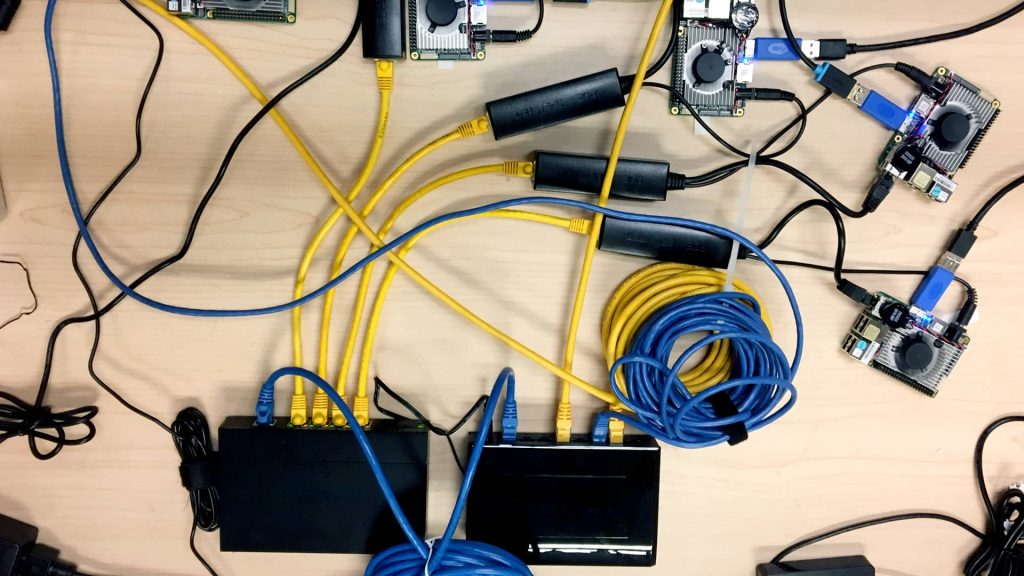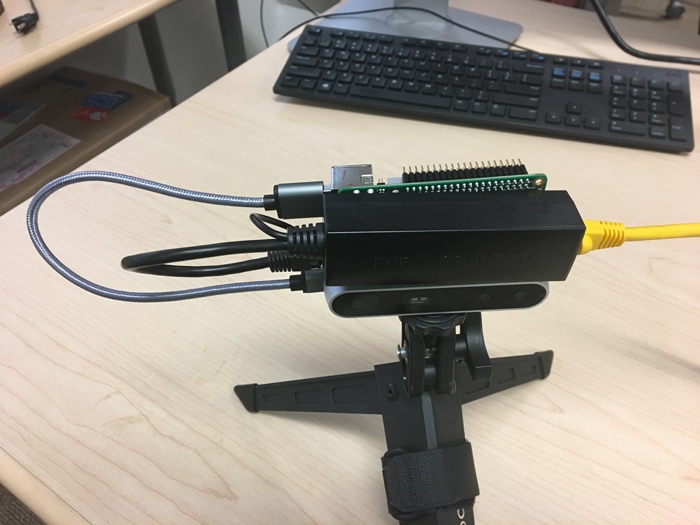
Intel RealSense Depth Cameras over Ethernet
Intel® RealSense™ depth cameras primarily connect to the world via USB – both USB 2.0 and USB 3.1 are supported. For some uses, however, USB may not be the right solution. Using Intel RealSense depth cameras in a situation where the camera may need to be at a significant distance from the host could be one example where USB is not ideal. Imagine a large scale digital interactive display, or a security solution where cameras may need to be placed unobtrusively in corners or hidden against walls, at a significant distance from the computer receiving the depth maps. In this situation USB hub connections may sometimes be required in order to avoid dropping frames or losing depth data. For this and other reasons, developing a solution to allow Ethernet connection for the cameras offers an alternate system design which can be more flexible to these and other considerations.

In this whitepaper, Philip Krejov and Anders Grunnet-Jepsen delve into a concrete solution for depth over Gigabit Ethernet, using low-cost single board computers to operate as an intermediary, complete with source code and all the considerations you will need to take into account for your own system design to take full advantage.
Subscribe here to get blog and news updates.
You may also be interested in
“Intel RealSense acts as the eyes of the system, feeding real-world data to the AI brain that powers the MR
In a three-dimensional world, we still spend much of our time creating and consuming two-dimensional content. Most of the screens
